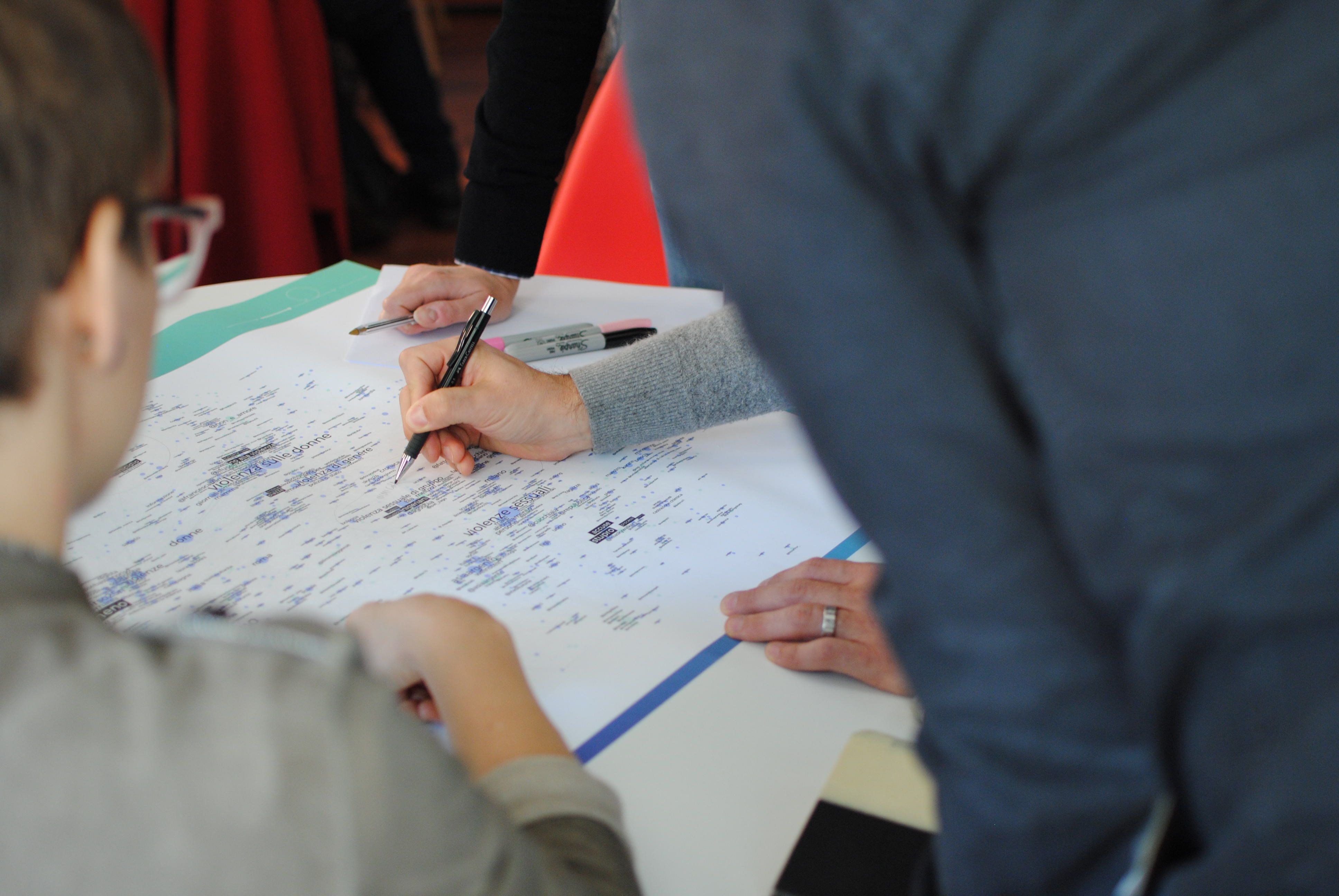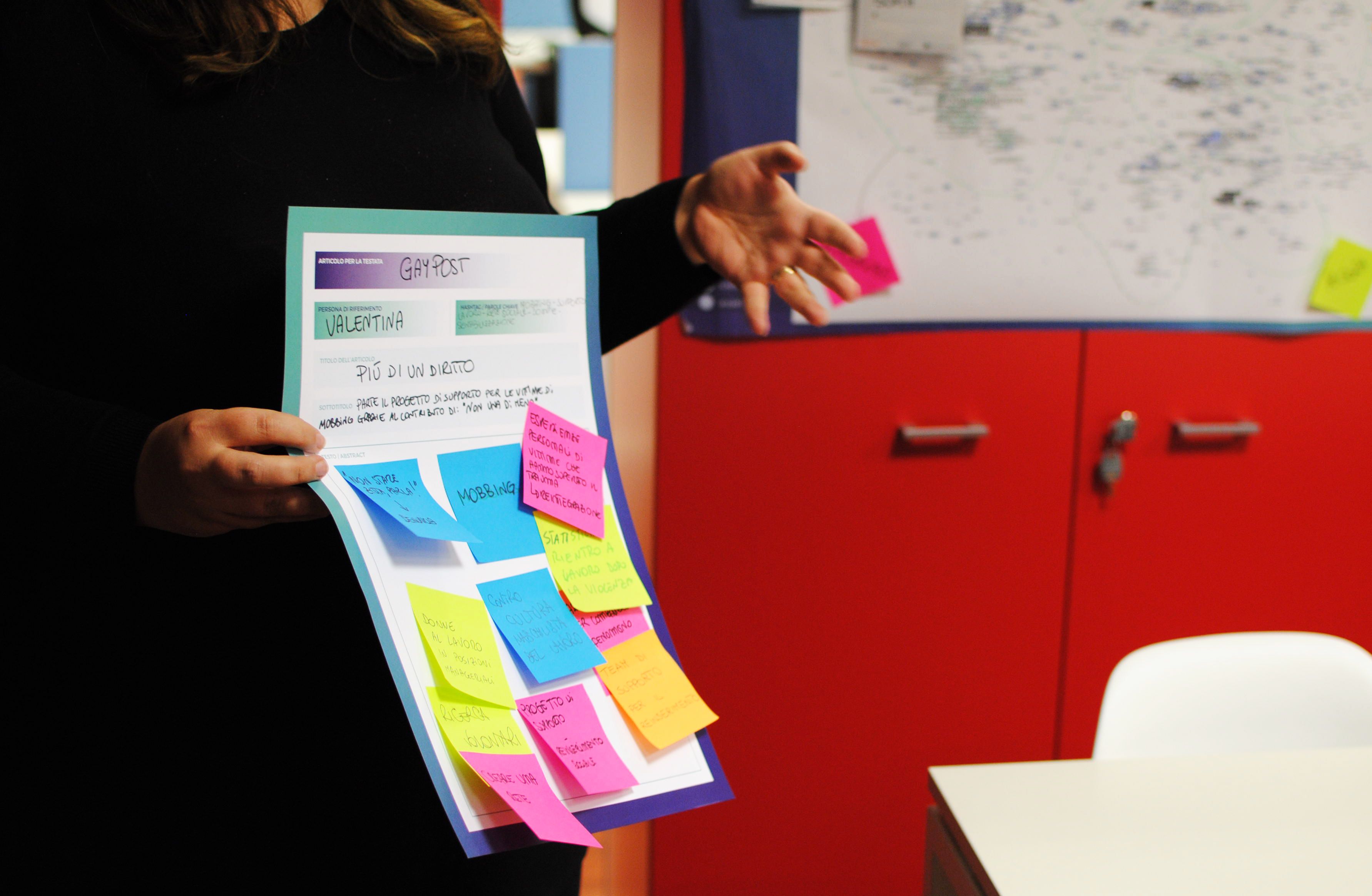Data-Driven personas
Mapping Italian personas in the gender violence debate
How can we use social media interaction data to identify opinions on a public discourse?
We visualized the content generated by Twitter users discussing gender violence to identify different behavioural clusters and used them to ideate.
The analysis quickly led to identifying strategies and opportunities to engage with the different personas.
Inspired by the theme of the World Usability Day of December 2017 (Inclusion through User Experience), a workshop around Data-Driven Personas has been hosted in Rome to engage participants in a collaborative session around the topic of gender violence in Italy, while learning how to develop personas based on the analysis of online conversations.

The first step to identify data-driven personas is to define a set of keywords to be used to scrape and extract content from a selected social media (e.g. #violenzasulledonne #metoo #nonunadimeno). The resulting set of Tweets could be used to generate a map showing the connections between users and terms used in their conversations. This map has become the starting point to run the workshop session: participants were asked to highlight the key clusters of points of view that they could recognize on the map. By qualitatively reading some of the tweets in each cluster and checking some of the related profiles, they could also understand which types of users drive the debates in each cluster and start describing them. The clusters represent our set of data-driven personas.

Each group was able to start describing the identified personas using quantitative and qualitative aspects extracted from user-related information. The final set of personas was used to generate ideas about how the Gaypost blog could rethink its strategies in order to reach diverse profiles.